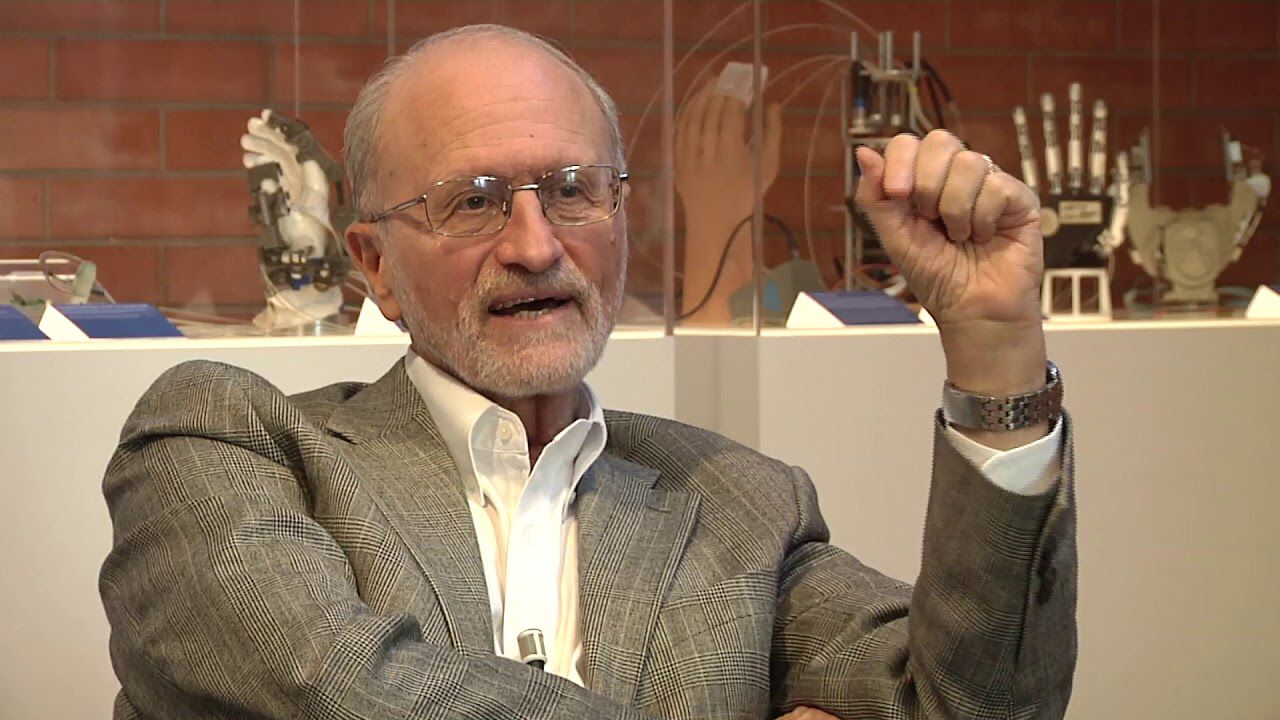
Professor of Biomedical Robotics and Director of The BioRobotics Institute of the Scuola Superiore Sant’Anna (SSSA), Pisa, Italy.
Short bio:
Paolo Dario is Emeritus Professor of Biomedical Robotics at the Scuola Superiore Sant’Anna, Pisa, Italy. He has received a Laurea Degree in Mechanical Engineering from the University of Pisa and a MS HC in Biomedical Engineering from the University Campus Biomedico in Rome. He has been and is professor and fellow at various universities and scientific institutions worldwide. Currently, he serves as Chief Scientist at Dubai Future Labs. His current research interests are in the field of bio-robotics, bionics, and companion robots. He has coauthored more than 400 journal publications (Scopus) and his H-index is 64 (Scopus). He has coauthored more than 50 international patents. Paolo Dario has coordinated many large national and European projects, and served in many EU Committees. He is the Scientific Director of the National Competence Center ARTES 4.0 on Industry 4.0, and the Coordinator of the European Digital Innovation Hub ARTES 5.0. Paolo Dario is an IEEE Life Fellow and the Founding Editor-in-Chief of the IEEE Transactions on Medical Robotics and Bionics. He served as President of the IEEE Robotics and Automation Society, chaired several IEEE Conferences and received several prizes and Awards, including the 2017 IEEE RAS Pioneer Award for Biorobotics and the 2024 IEEE Technical Field Award for establishing and advancing Bionics and Biorobotics. His research accomplishments have led to the creation of several start-up companies, and to several practical applications in medical robotics and medical bionics.
Title of the talk: Short History and Prospects of Sensors and Sensory Systems in Robotics
Abstract:
Robotics is a multidisciplinary field which belongs to both science and engineering. In science, it contributes discovering and explaining phenomena and natural systems; this is the case of biorobotics, investigating biological systems and building biomimetic robots. In engineering, robotics responds to the needs of a diversity of application fields, from medicine to industry. A distinctive feature of robots is to have a body, and thus to be able to interact physically with the external world by moving in different ways, manipulating objects, lifting weights, and helping users by performing a virtually infinite range of useful tasks.
This talk illustrates how sensors and sensory systems are key enablers to make robots capable of performing the above functions and tasks. A short history of how robots have evolved in the last decades in parallel, and thanks to the progress of sensors science and technology will be presented, referring to three cases: the sense of touch, active vision and chemical sensing. Concrete examples will demonstrate that a great challenge, but also a great opportunity for the sensors research community is to work together with the robotics community to allow the development of complex, high performance robot systems for applications in manufacturing, surgery, rehabilitation, prosthetics, services, underwater, agriculture, waste management, and many more.
High performance new sensors will be also crucial to generate the data that will deeply connect Robotics and Artificial Intelligence for the development of the emerging generation of intelligent machines and robot companions that are expected to have a dramatic impact in the future of Society, the Planet and the human Work (Industry 4.0 and Industry 5.0).